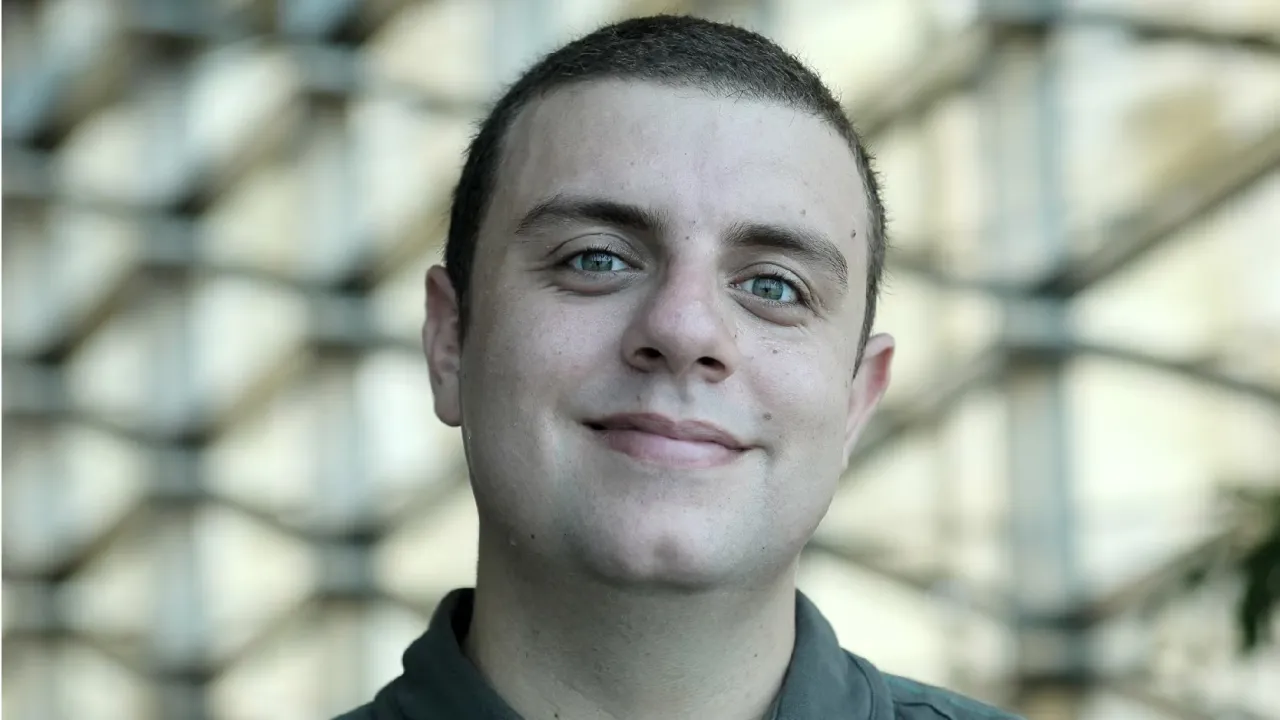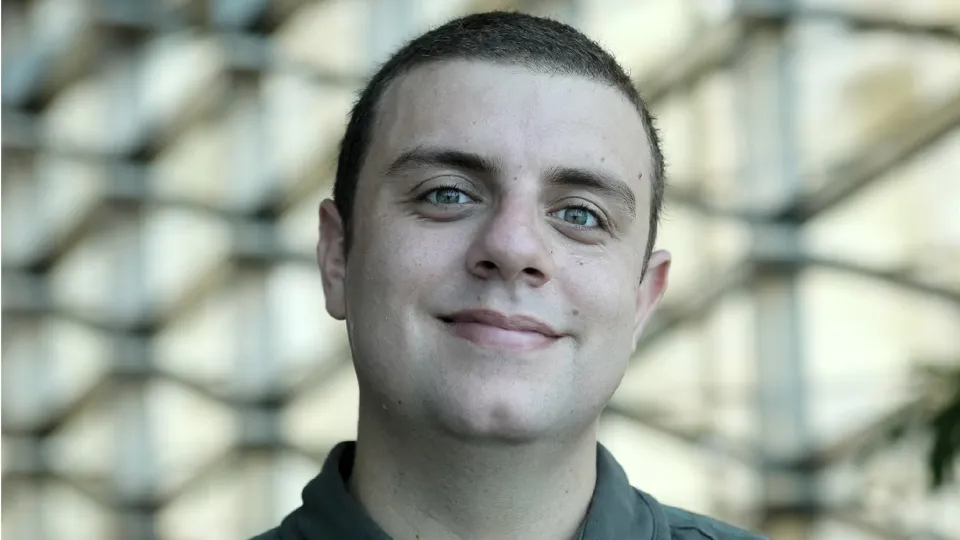
PhD Student Won The Best Presentation Award At The "Frontiers Of Modern Optics"
Ph.D. student Juan Sebastian Totero Gongora won the best presentation award at the "Frontiers of Modern Optics", a summer event that brought together the most well-known experts in the field.
About
Ph.D. student Juan Sebastian Totero Gongora of Primalight group won the best presentation award at the "Frontiers of Modern Optics", a summer event that brought together the most well-known experts in the field.
Juan won with work on nanofocusing of light with disordered nano lenses, whose technology is being patented at Kaust.
How do you feel KAUST and especially your professor has helped you with this achievement?
My advisor and my group colleagues have provided me a lot of support in the development of this project. More in general, I have to say that KAUST really represents an ideal working environment: I have full access to all the equipment and resources necessary for my research and study, and the wide ring of collaborations established by my advisor allowed me to broaden and enrich my preparation. Furthermore, I have been able to submit and participate in some of the most important conferences and events in my field of study, which really represents a unique opportunity for a Ph.D. student.
Could you explain with a brief description of what the project is about?
In our work, we investigated the role played by fabrication disorder in plasmonic devices based on metallic nanostructures. Plasmonic structures allow researchers to manipulate and focus the electromagnetic field up to the nanoscale with great precision. The possibility of strongly confine and enhance light represents the basis of a great number of applications, ranging from nonlinear nano-optics to biological imaging and spectroscopy. However, the structures implemented are usually highly symmetric and regular, and any kind of disorder or randomness arising from the fabrication process is unwanted and has to be eliminated. The amount of disorder can be controlled and reduced optimizing the fabrication process, but this generally requires a significant increase in the production costs, both in terms of complexity and resources. In this work, we show that, in some cases, the intrinsic roughness of the nano-structures is not an unwanted feature, but can even play a positive role. In particular, we considered an established nano-focusing device and introduced fabrication disorder in terms of a realistic stochastic model. Using FDTD simulations, we observed that the presence of disorder drastically improves the focusing performance of our device. Our results represent an interesting example of a rather new concept in plasmonics, in which complexity, expressed in our case by the natural roughness of the components of our device, can be tailored and exploited to obtain robust and unexpected effects.
What do you feel the greatest impact will be of your work?
Our work is part of a larger project which we are completing in collaboration with Prof. E. Di Fabrizio's group here at KAUST. We are currently submitting our results and we have a patent pending for our device. However, I am really glad that this work has given me the opportunity to participate in this prestigious Summer School. I think that the recognition obtained by our work represents a good example of the high-quality level of the research produced in KAUST.
